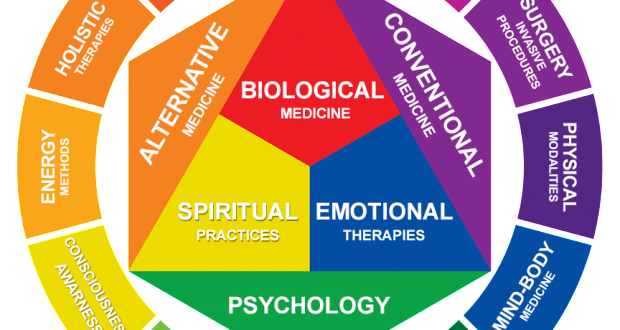
The more I live and the more I experience the more I understand what a wonderful creation we live in. Now I’m not going to get into creation, but I want to tell you what I have discovered about Nature and what it can provide us with in relation to healing.
Whether you find see this as new information or whether you have know about the elements of holistic medicine for some time, I hope you will find this review interesting and informative. Society today is really no different today than it has ever been in regards to people seeking well being. In different part of the world different approaches to wellness have varied over the years and from culture to culture, but maybe not as much as we might think. So let’s take a look at 4 important elements of holistic medicine.
The four elements of holistic medicine are grouped under; Homeopathic, Herbal, Tissue salts, and Flower Essences. At one time or another you will have encountered these elements even if you were not aware of them such. If you research you may find as I did that modern medicine often uses the 4 elements of holistic medicine in the manufacture of biochemical products. You certainly will have seen them used in cosmetics and beauty treatments the world over.
Homeopathic Remedies by definition of purpose are said to treat the symptoms of a condition and stimulate the body to begin a natural healing process. It is easier to understand homeopathic remedies if we are aware of the 4 fundamental principles involved in this form of treatment;
Principle 1. Law of similars’ or like cures like: 1796 That is the understanding that disease can be cured by a medicinal substance given in micro doses that produces symptoms similar to the actual disease. It was first stated by German physician Samuel Hahnemann in 1796. Wikipedia states the “law of similar” is taken on the word of Samuel Hahnemann and is considered an unproven assertion since it is not a true law of nature based on the scientific method.
Principle 2. Law of minimum dose:1801 Only that amount of medicine is administered which is sufficient to cure the disease not more than that, that means no overdosing, thus avoiding unwanted side effects.
Principle 3. Single remedy:1810 Individualization may require different medicine for different people even though they may be suffering the same disease. One remedy at a time is based on total symptoms including physical, mental and emotional aspects.
Principle 4. Hering law of direction of cure:1845 Cure progresses from above downwards, from within outwards, from most important organ to less important one, proceeding in reverse order of the original symptoms occurring.
In homeopathic treatment as in traditional medicine it is understood that it may take a combination of treatments methods to obtain a full solution to wellness. Before proceeding with treatments of any kind I really recommend you do your research. Your heath is your business; know what you need to know before buying herbs.
Creditable companies that use sound practices in the manufacture of homeopathic products are available. Products can be manufactured in FDA and GMP registered pharmaceutical facilities under the supervision of qualified homeopaths and responsible pharmacists. Individual ingredients are often listed in the Homeopathic Pharmacopoeia of the United States (HPUS).
Like conventional medicine, homeopathy uses a wide variety of ingredients of herbal, mineral, or animal origin. As is the case with conventional medicine, some ingredients may be toxic in large amounts. However, when unique and specialized manufacturing methods are used in homeopathy; no molecular traces of the original raw ingredients are left in the final product.
Until next time, keep well!

Source by Doris Wakefield
 Vitamin Agent The Health & Naturalistic Source
Vitamin Agent The Health & Naturalistic Source



